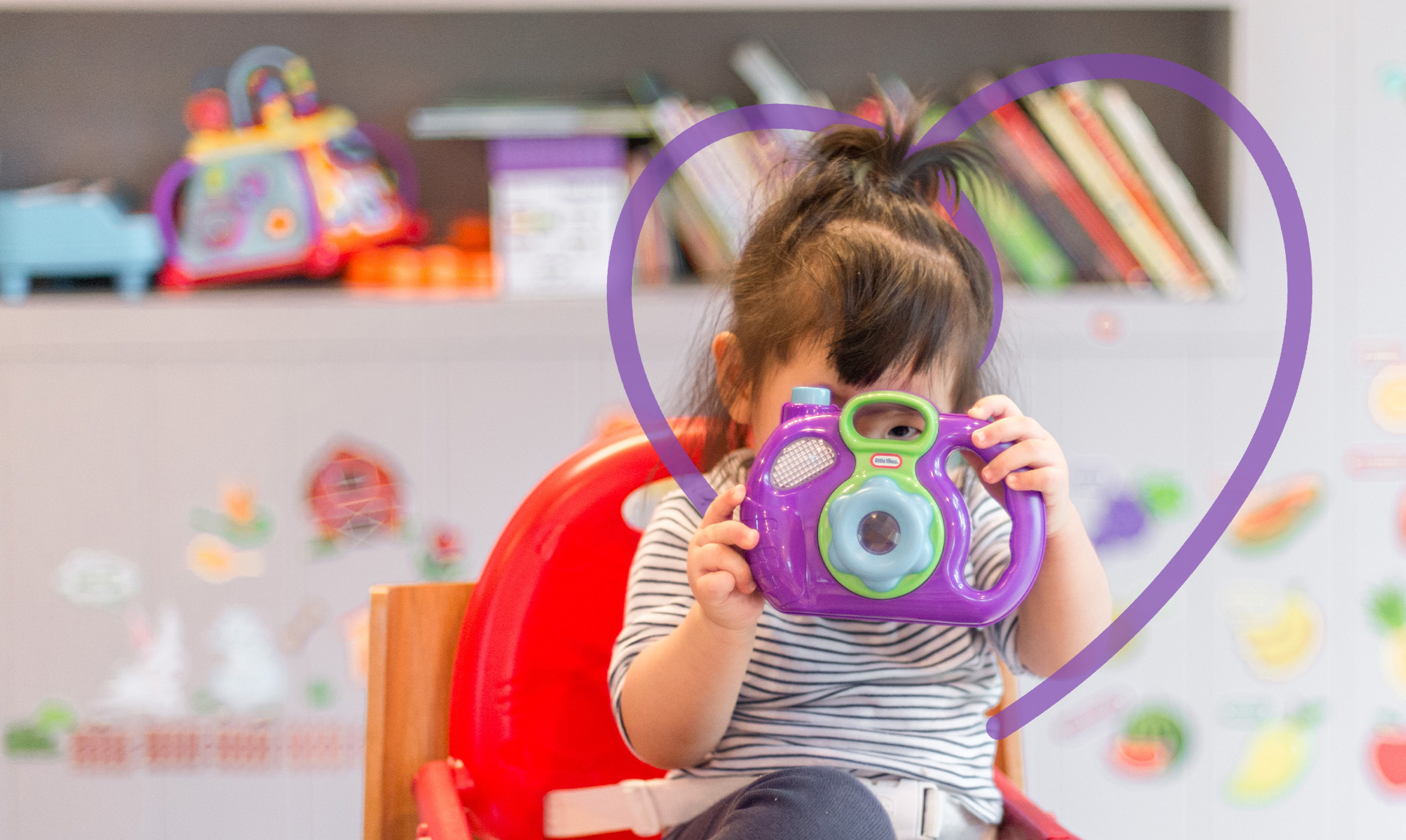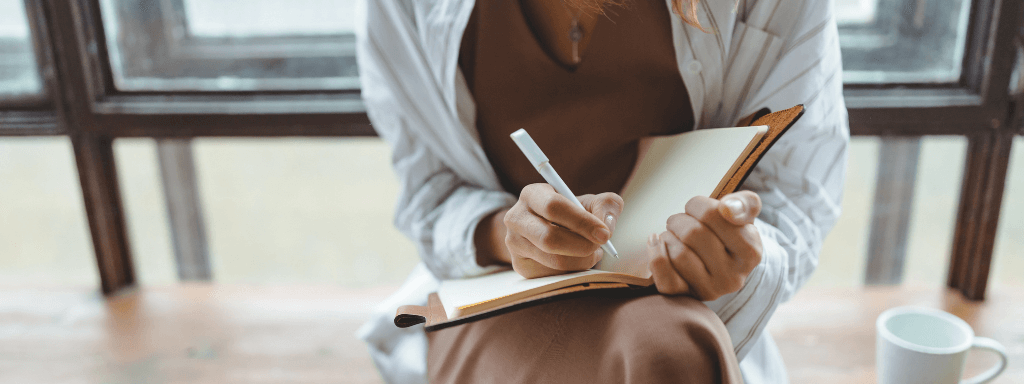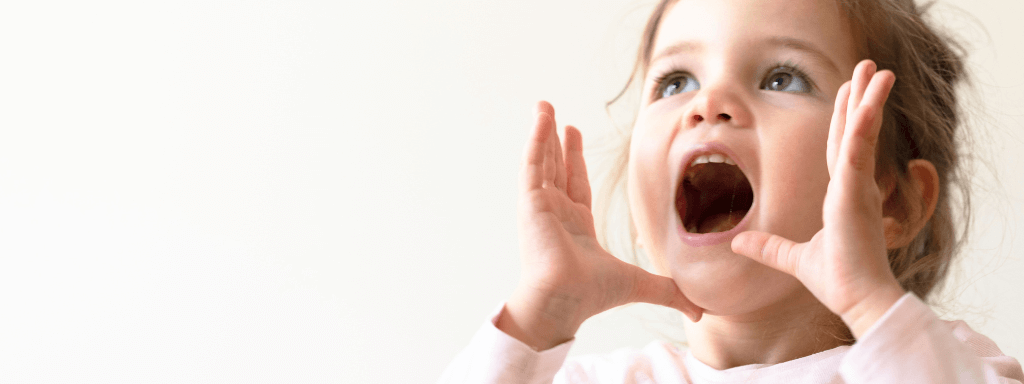It’s great to see baby and toddler classes use music and books to entertain, but it’s really important to make sure your classes are copyright-friendly.
We often spot questions in our activity providers Facebook group about copyright law. Whether certain materials can be used in their classes, and how they go about legally using them. The truth is it can be difficult to find out that information, and government sites don’t always offer straight-forward answers. We’re all a little bit unsure, and the jargon can be intimidating. So we’ve done a bit of research to find some answers and offer some clarity. But be sure to double check before using materials. Remember, we’re here to help you but we’re not a law firm!
Know any useful advice that would be useful in this article? Let us know in our Facebook group and we’ll do what we can to get the information out there to our activity providers!
What are derivative works under copyright law?
According to the United Kingdom Copyright Service, A derivative work is a work that is based on (derived from) another work. This could be a painting based on a photograph. A collage. A musical work based on an existing song. A screenplay based on a book. Basically, if a material you are used on is based on another piece of work: that’s a derivative work under copyright law.
Even for derivative works, you should still get permission from the original work to use it for your business. So for example, if you wanted a “Room on the broom” themed play for toddlers, you would need permission from Macmillan to do as such.
When use of copyrighted material is allowed in baby and toddler classes: The exemptions
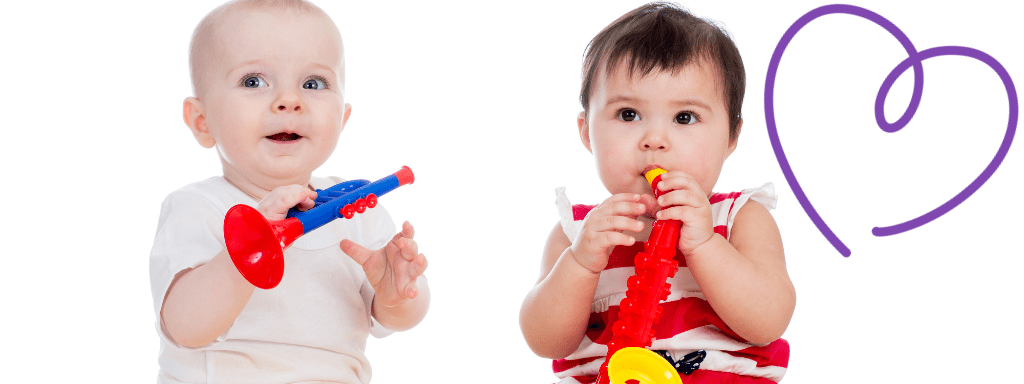
On this gov.uk page, the following are headers as to what reasons copyright materials may be exempt:
- Non-commercial research and private study
- Text and data mining for non-commercial research
- Criticism, review and reporting of current events
- Teaching
- Helping disabled people
- Time-shifting
- Parody, caricature and pastiche
- Sufficient acknowledgement
- Fair dealing
- Technological protection measures
Of course, not all of these would apply to activity providers. We’ve put in bold the ones that most likely would catch your attention if you were looking for yourself. So let’s break these down a bit, go into a bit more detail as to what the exemptions are, and what that means for you and your classes:
Teaching:
The copying of works in any medium may be allowed. As long as the use is solely to illustrate a point. This means minor uses (e.g. quoting simply a line or two) are permitted. This may be more applicable to those who are offering a class set in place to educate and aid parents in a prenatal or antenatal class.
Performance-wise, playing or showing copyrighted works in a school, university or other educational establishment for educational purposes is allowed. But, this is in non-profit institutions and is not for a matter of entertainment. As most class providers run their classes for commercial gain, this unfortunately means it won’t apply to you as a baby and toddler class provider.
For information about copyright laws when operating a nonprofit/charity organisation, read more here
Helping disabled people:
There are 2 exceptions to copyright for the benefit of disabled people.
One exception allows you to make a copy of a lawfully obtained copyright work if you make it in a format that helps you access the material. For example, if you buy a book from a shop and then make a Braille copy to help with a visual impairment then you are not infringing the copyright in the book.
The second exception permits educational establishments and charity organisations to make, communicate, make available, distribute and lend accessible format copies of protected works on behalf of disabled people.
For more information, please read more here
It is also important to note that UK copyright law applies to digital copies of works as well as physical copies. This means that you are not allowed to download or share pirated copies of books even if you are using them for educational purposes.
As you can see, there aren’t many ways that a class may be exempt from copyright laws. Unless you decide to write your own music and stories or create your own images, you will likely need permission and/or get a license.
How to avoid copyright infringement in your baby and toddler classes
One of the more obvious routes to take (and one that many class providers do take) is to use your own work in your classes. If you have a musical ear or a creative touch, then creating your works to perform for your classes is the perfect way around even thinking about copyright. There are a lot of works that are public domain that could help too!
However, if that path isn’t quite for you, there are other options…
Copyright when using books/stories in your baby and toddler classes
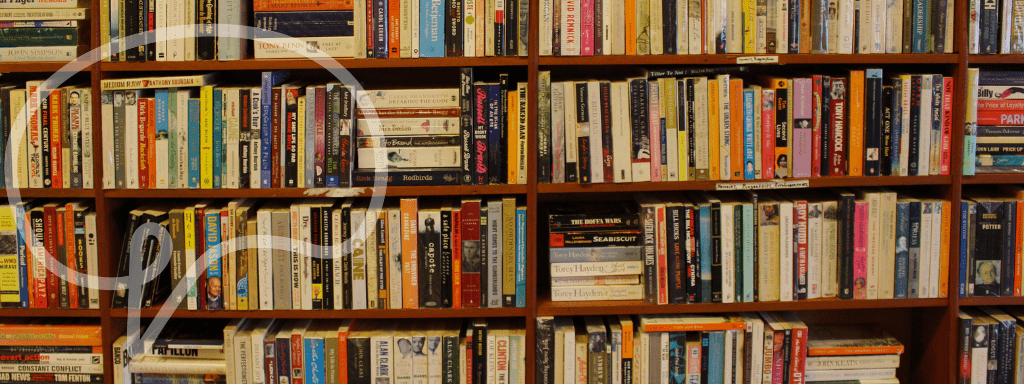
Schools and community-run establishments are usually allowed for educational purposes. However, if you run a business that intends to make a profit, and the property is being used for commercial gain, then you need permission to use it.
You will be able to apply for permission through an individual author or publishing house site, for example, Usborne’s looks like this. Many publishing houses ask you to request permission one book at a time. And they warn that you could be waiting up to 16 weeks for a response. So it will take you quite a bit of prep and planning in advance.
Another option is to use a licensing agency or clearing house. These organisations represent the copyright holders of a large number of works and can help you obtain the necessary licenses to use those works. They may charge a fee for their services. However, this can be a convenient and cost-effective way to obtain the permissions you need.
It is important to note that the copyright holder has the right to refuse your request for a license or to set terms and conditions that you may not be willing to accept.
An exemption to this answer however would be if the children’s book you have in mind is now public domain. Books become public domain 70 years after their author has passed away. This means many public domain stories are quite a deal older than the Gruffalo’s. But, this does include an endless amount of fairytales and a lot of children’s classics. Including Wind in the Willows (Kenneth Grahame), Alice in Wonderland (Lewis Carroll), and, very recently, Winnie the Pooh (A.A. Milne).
Copyright when using music in your baby and toddler classes
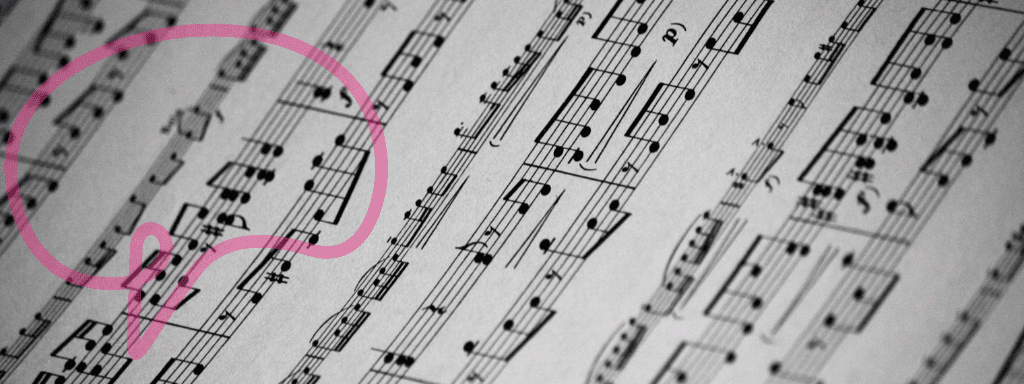
If you are planning to use music recordings of popular music, you need to get a music licence from PPL.
Some artists require you to take out an annual licence to use their music. Others may grant you free use if you sell their products. There are also a number of royalty-free music libraries available online. So depending on what you may be using the music for you might find a bit of success in some of those.
You are freely able to use any music in the public domain such as nursery rhymes or action songs. This is if you sing them yourself unaccompanied or provide your own backing music, either pre-recorded by yourself or live you play an instrument. You can find a list of public domain music on websites like Musopen or the Public Domain Information Project.
Or you could use music that is licensed under a Creative Commons license. Some artists choose to license their music under a Creative Commons license. This allows others to use the music for free as long as they give proper attribution. You can search for Creative Commons-licensed music on websites like Jamendo or Soundcloud.
If you are looking to create specific music, there are also services/sites where you can contact artists, musicians and creatives in general to help you make resources (e.g. Fiverr). However, you should disclose what the work would be used for to the seller. If necessary, you should also pay the additional fee to own the copyright to anything they create for you.
There are a few solutions out there. We recommend that you investigate/explore/figure out independently and see what’s out there.
Starting a baby or toddler group that already has the legal stuff sorted
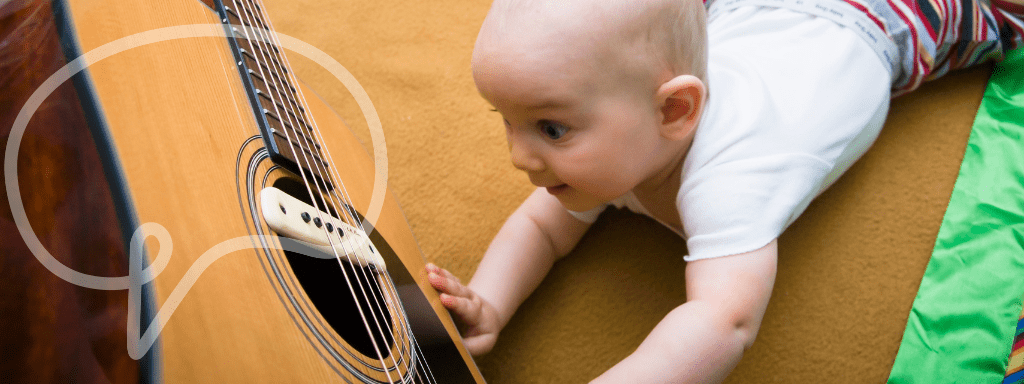
An easy way to start a baby class of your own (without needing to think about if the materials you’re using are copyright-friendly) is to become a franchisee!
Joining a franchise of baby/toddler classes offers the opportunity to start your own classes and run your own business. Minus needing to think about some of the legal bits (like copyright). There is usually an upfront cost in this option (with each franchise varying in price). But this you can start a business knowing that the structure has been tested and is working for others.
You can find out more about franchising (and see some of the best opportunities available for you) in our useful Guide to UK Baby Franchises.
Disclaimer: The team at Happity have put together this resource after doing extensive research from reliable resources. However, we ourselves do not claim to be lawyers and recommend you consult with your own resources on these matters.
Do you have a question you want to ask those running baby and toddler classes?
The perfect place to get in touch with like-minded individuals in the same field as you would be the Happity activity provider Facebook group. Find/offer support and network with other providers easily.
If you liked this post, you may also like:
Rules and regulations when running a baby or toddler class
4 crucial questions to ask before marketing your baby class
9 top marketing tips for children’s activity providers
